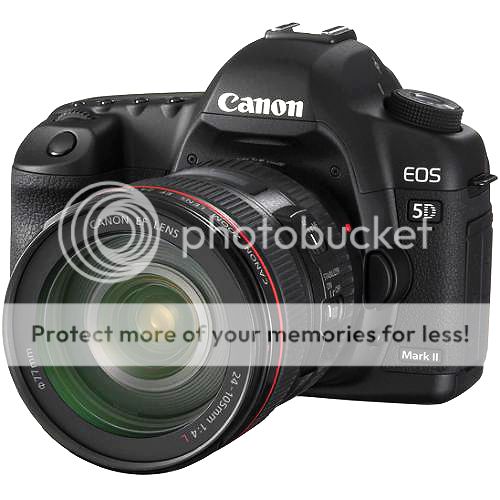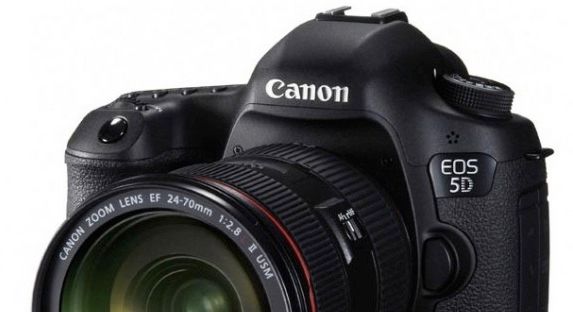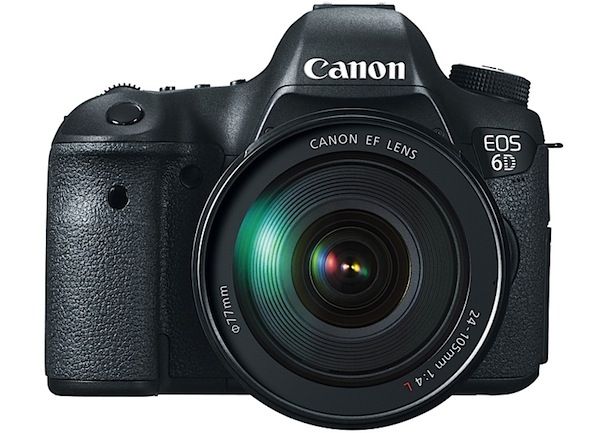New Firmware For Canon EOS 5D Mark III Announced
Uh, this is funny. I reported earlier about the new Magic Lantern firmware releases (for EOS 5D Mark III [cool deal here] and EOS 7D), which bring amenities like uncompressed HDMI output to your beloved EOS DSLR. And now Canon announces a firmware update for the EOS 5D Mark III (to be released in April 2013) that brings, among other things, uncompressed HDMI output. What a coincidence! ‘:-) I guess Canon got a little under pressure by the fine work of the Magic Lantern hackers. The other big new feature that will be made available with the firmware upgrade is Auto-Focus using the highly sensitive central cross-type points with a maximum aperture of f/8 (actually it works with max f/5.6). This was implemented in a recently published firmware update for the Canon EOS-1D X.
Canon EOS 5D Mark III price check: B&H Photo, Adorama, Amazon USA, Amazon Canada, Canon Canada, Canon USA
Canon press release:
LAKE SUCCESS, N.Y., October 23, 2012 – Canon U.S.A., Inc., a leader in digital imaging solutions, today announced a new firmware update for the EOS 5D Mark III Digital SLR camera that significantly improves the camera’s performance and usability. In response to requests from professionals working in the fields of cinema and television production, the firmware update enables the use of uncompressed HDMI Output support, making possible more efficient video editing and monitoring procedures. Additionally, the upgrade supports the advanced needs of photographers through improved AF performance when capturing still images.
Uncompressed HDMI Output Support
When shooting video, HDMI Output makes possible the recording of high-definition uncompressed video data (YCbCr 4:2:2, 8 bit) from the EOS 5D Mark III to an external recorder via the camera’s HDMI terminal. This, in turn, facilitates the editing of video data with minimal image degradation for greater on-site workflow efficiency during motion picture and video productions. Additionally, video being captured can be displayed on an external monitor, enabling real-time, on-site monitoring of high-definition video during shooting.
Improved AF Functionality
Even when the EOS 5D Mark III is equipped with an extender and lens making possible a maximum aperture of f/8, the firmware update supports AF employing the camera’s central cross-type points (currently compatible with maximum apertures up to f/5.6). Accordingly, the update will allow users to take advantage of AF when shooting distant subjects, benefitting sports and nature photographers, particularly when using telephoto lenses.
The new firmware update will be available, at no charge, in April 2013 from the Canon U.S.A. website and can be downloaded by end users or through Canon Factory Service Centers.
[via The Digital Picture]



